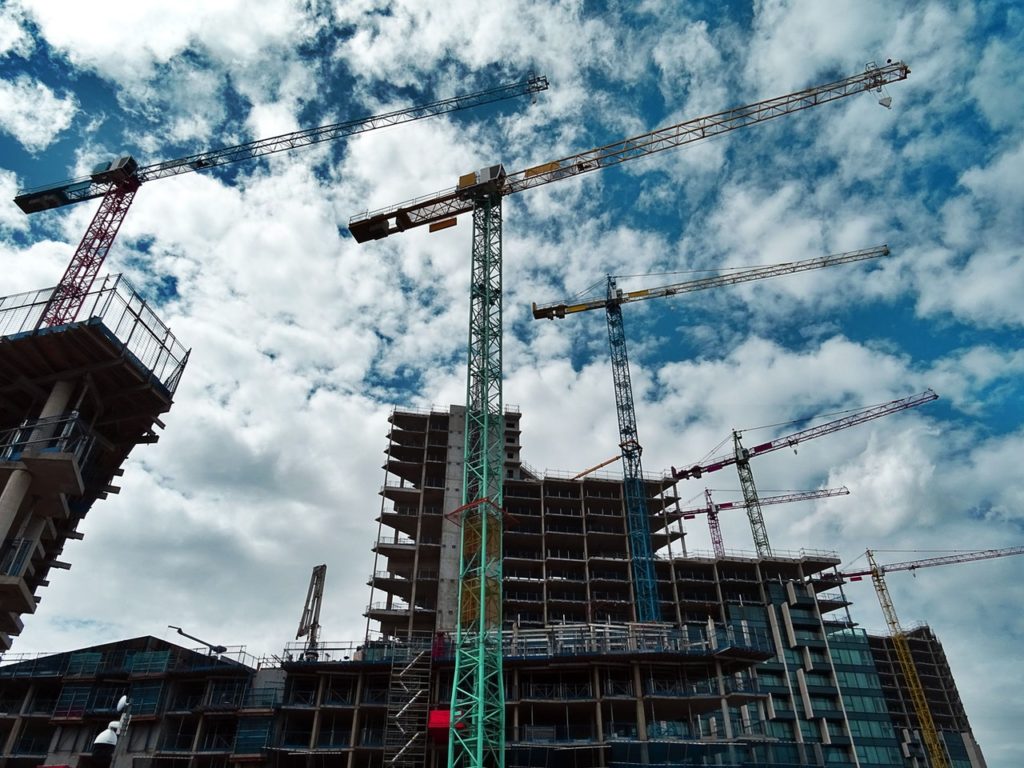At the time when the pandemic broke out globally, the construction industry was doing rather well globally. There were no shortages of developments and projects that construction companies had to worry about. Housing projects, condominiums, commercial buildings, roads, and infrastructures, name it. The construction industry was in full swing.
Architects and designers had their hands full between minor home renovation projects to multi-million-dollar corporate projects. Companies such as SFab Engineering, which supply building materials, and other similar businesses were doing pretty good. Contractors were busy fulfilling contracts for the private sector and government projects.
And then COVID-19 happened.
The Pandemic Dilemma
COVID-19 has put a grinding halt to almost every known industry and has plunged many corporations and companies to one of their most challenging times. Contractors all over the world had to quickly adapt to the changes brought about by the lockdowns and other COVID-related restrictions which made their jobs a lot tougher than it already is.
When the lockdown season started, contractors had to temporarily put a stop to their work and send everyone home until further notice. The local and federal governments had to figure out effectively restart the economy while keeping public health and safety a top priority.
Once there was an ease in COVID protocols and folks were allowed to resume business operations, under certain conditions, of course, contractors had to do their best to try and complete existing projects and find ways to keep their workers safe on-site, comply with government protocols and travel restrictions, and deal with interruptions in the supply chain as well as project delays.
But resiliency is one of the construction industry’s strengths. People in the industry won’t let a thing like the global health crisis get in their way. We’re talking about some of the most creative and resourceful people on the planet. They have come up with ways to adapt to the current wave of changes that are taking place around them, like the following:
Greater collaboration and more thoughtful contract restructuring
Because the pandemic happened so fast, everyone was caught off-guard by its devastating effects on trade and commerce. Contractors, designers, and suppliers had to make quick adjustments to the way they operated.
Contract restructuring had to be done as they evaluated what will no longer work under these new circumstances. Each player recognized that minimizing the passing of risks to the next player is now a thing of the past and that if the industry were to survive, they had to do away with it and work together to achieve the common goal of delivering quality projects and keeping construction sites going.

Management of supply chain
When the pandemic hit, there was an immediate disruption to the global supply chain as factories across several industries were shut down with some having been repurposed to help in the recovery efforts against COVID. There was a massive shortage not just in manpower but also in supplies and materials.
At this time, many contractors are finding paying suppliers early as a critical part of the game and have proven to be quite effective thus far. This allows smaller subcontractors and suppliers to quickly mobilize and help ease their cash flow challenges.
Another option that’s being observed right now is diversifying their supply chain and refraining from having many of them concentrated in one area.
Limited liquidity but having a strong balance sheet
Because the pandemic caught us all by surprise, not everyone was prepared for it financially. Contractors learned quickly from this and worked on a tighter financial management system where even if they are limited in their cash-on-hand, a strong balance sheet will allow them to move money around more efficiently and purposefully with a very minimal margin for error.
Moving forward, as the industry expects to have quite a healthy project pipeline in certain regions, especially projects involving infrastructure, public confidence will eventually be brought back into the sector.
Innovation and technology
Lastly, as industries adapt to the changing times by fully utilizing technology, the construction industry is not too far behind. The use of technology has been widely observed on construction sites for several years now with the use of high-tech equipment and machinery, especially drones. Drones have proven to be a valuable addition to the industry, especially now, as it allows contractors to safely transport materials and equipment from one end of the site to the other, monitor the project’s progress and on-site safety, and other things that can be done remotely. Contractors will continue to use technology to their advantage as long as it keeps them productive and their workers safe.
As the pandemic continues to loom over us, the new normal will continue to evolve. We’re living in unprecedented times so there are no known rules other than the ones we’re making up along the way. As an industry, construction might face new challenges that will require quick adaptation but it will continue to remain relevant and will eventually recover the momentum it had pre-pandemic.

